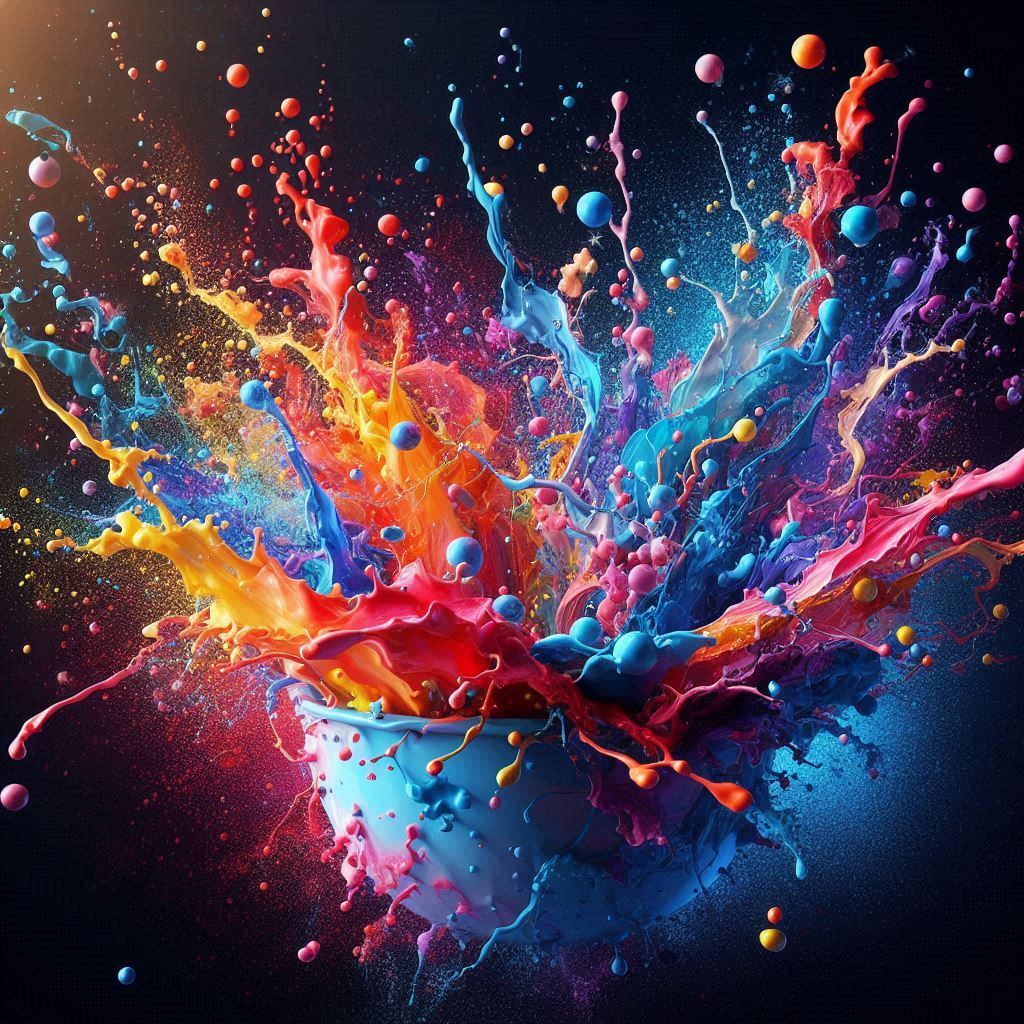Table of Contents
The Art of the New Age: The Many Worlds and the Multiple Dimensions
What will the Art of the New Age be? Art has always been a reflection of humanity’s collective consciousness, a mirror held up to the cultural, intellectual, and spiritual currents of its time. The New Age, defined by rapid technological advancements, globalization, and paradigm shifts in our understanding of reality, has given birth to a unique artistic movement: one that explores the many worlds and multiple dimensions both within and beyond the human experience. This essay delves into how New Age art encapsulates these themes, examining its philosophical underpinnings, expressions, and implications for our perception of existence.

Photo by Pexels
The Philosophical Foundations
The art of the New Age draws heavily on ideas rooted in science, metaphysics, and spirituality. Quantum mechanics, for instance, introduced the concept of the multiverse, where infinite realities coexist simultaneously. This scientific hypothesis resonates deeply with New Age thought, which often blends empirical knowledge with spiritual exploration. Artists are inspired by the idea that reality is not singular but multifaceted, shaped by perception, intention, and interconnected energies.
Moreover, ancient philosophies—ranging from Hinduism’s notion of maya (illusion) to Buddhist teachings on interdependence—have resurfaced as central themes in New Age art. These traditions emphasize the fluidity of existence and the interconnectedness of all beings, ideas now being visualized and interpreted through contemporary mediums.
Expression Through New Mediums
New Age art thrives on innovation, leveraging technology to represent multidimensionality and alternate realities. Digital art, virtual reality (VR), and augmented reality (AR) have become powerful tools for artists to construct immersive experiences that transport audiences to otherworldly realms. In VR installations, viewers might explore surreal landscapes that morph and shift, reflecting the impermanence and malleability of reality.
Similarly, fractal art and algorithmic design embody the mathematical beauty of infinite patterns, echoing the structure of the cosmos and the self-similarity of dimensions. These works challenge traditional perceptions of space and time, inviting audiences to navigate both the microscopic and the cosmic.
Music, too, has embraced the New Age ethos, employing binaural beats and synthesized soundscapes to evoke altered states of consciousness. Compositions often aim to dissolve boundaries between the auditory, emotional, and spiritual, creating a sense of unity with the universe.
Themes of Many Worlds
One of the most compelling aspects of New Age art is its focus on the concept of “many worlds.” Artists explore alternate realities and parallel dimensions not merely as science fiction but as reflections of human potential and consciousness. These works often depict alternate histories, utopian visions, or dystopian warnings, challenging viewers to consider the choices that shape their world.
For instance, speculative art delves into “what if” scenarios—what if humanity coexisted with AI as equals, or what if ecological harmony were restored through symbiosis with nature? These narratives serve as both cautionary tales and aspirations, highlighting the ethical dimensions of technological and spiritual evolution.
Representing Multiple Dimensions
The representation of multiple dimensions—spatial, temporal, and spiritual—is another hallmark of New Age art. Artists attempt to depict realities beyond the three-dimensional plane, drawing inspiration from string theory and mystical traditions alike. Visual art might use layered transparencies, luminous color palettes, or shifting perspectives to evoke a sense of higher dimensions. Sculptures may be designed to engage viewers differently depending on their position, creating a dynamic, participatory experience that mirrors the fluidity of multidimensional existence.
In literature and film, nonlinear narratives and fragmented storytelling reflect the idea that time is not a straight line but a web of interconnected moments. Works such as Christopher Nolan’s Interstellar and Denis Villeneuve’s Arrival exemplify how storytelling can weave together multiple dimensions to explore themes of love, loss, and interconnectedness.
The Impact on Perception
New Age art profoundly influences how we perceive ourselves and our place in the universe. By immersing audiences in representations of many worlds and multiple dimensions, it invites a shift in perspective—from an ego-centric view to a more expansive, interconnected awareness. This artistic movement acts as a bridge between the rational and the mystical, encouraging us to question the boundaries of reality and embrace the mystery of existence.
Moreover, this art fosters empathy by highlighting the interconnectedness of all beings. It reminds us that our choices resonate across dimensions, impacting not only our immediate surroundings but also the collective web of life.
Conclusion
The art of the New Age is a celebration of humanity’s curiosity and creativity, rooted in the exploration of the many worlds and multiple dimensions that define our reality. By blending science, philosophy, and spirituality, it challenges us to expand our consciousness and embrace the infinite possibilities of existence. As technology continues to evolve and our understanding of reality deepens, New Age art will undoubtedly remain at the forefront of humanity’s quest for meaning, serving as a testament to our boundless imagination and desire to connect with the greater cosmos.


No responses yet